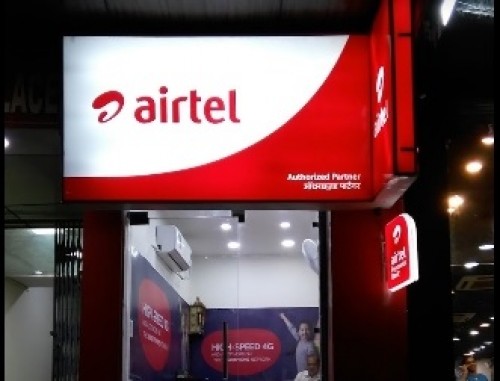Payments Council of India Welcomes RBI Circular Enabling Tokenisation Through Card-Issuing Banks
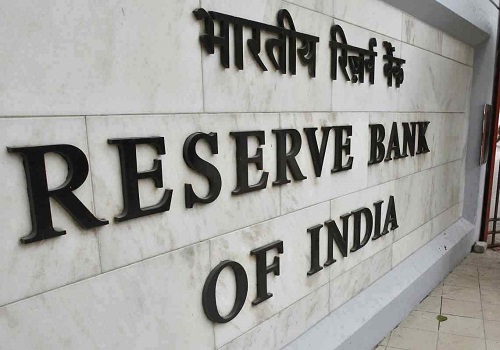
Follow us Now on Telegram ! Get daily 10 - 12 important updates on Business, Finance and Investment. Join our Telegram Channel
The Payments Council of India (PCI), a representative body of non-banking payment industry in India, welcomes the Reserve Bank of India’s (RBI) move to enable the issuing of tokens for card via internet and commercial banks.
This RBI decision, announced through a recent circular, will empower cardholders by offering them an additional option to tokenize their cards for multiple merchant sites through a streamlined and unified process. Card-on-File Tokens (CoFT) for a card can now be enabled through mobile banking and internet banking channels, providing a convenient and efficient means for users to secure their transactions across various platforms.
With over 56 crore tokens already created, CoFT has demonstrably improved transaction security and approval rates. PCI had submitted representations to the RBI, outlining the industry's readiness and preparedness for tokenization, along with suggestions to fast-track the process. The industry members remain committed to a smooth and successful implementation of tokenization.
Welcoming the RBI move, Chairperson of Card Networks Committee under PCI, and Group County Manager of Visa, Mr. Sandeep Ghosh said, “We welcome this circular of RBI for enabling tokenization through card issuing banks. This will be a game changer for the payments industry and will also enhance convivence for the card holders.”
Ms. Praveena Rai, Chief Operating Officer at National Payments Corporation of India (NPCI), and Co-Chairperson, the Payment Council of India, remarked, “This move will provide consumers with greater autonomy in managing card tokens, making it easier to modify and control them. This circular reflects the ongoing enhancement of security in the digital payment ecosystem every day. I am confident that this step will boost consumer trust.”
This strategic initiative reflects the RBI's commitment to enhancing the security and flexibility of digital transactions, further aligning with evolving consumer preferences and technological advancements in the financial landscape.
Above views are of the author and not of the website kindly read disclaimer
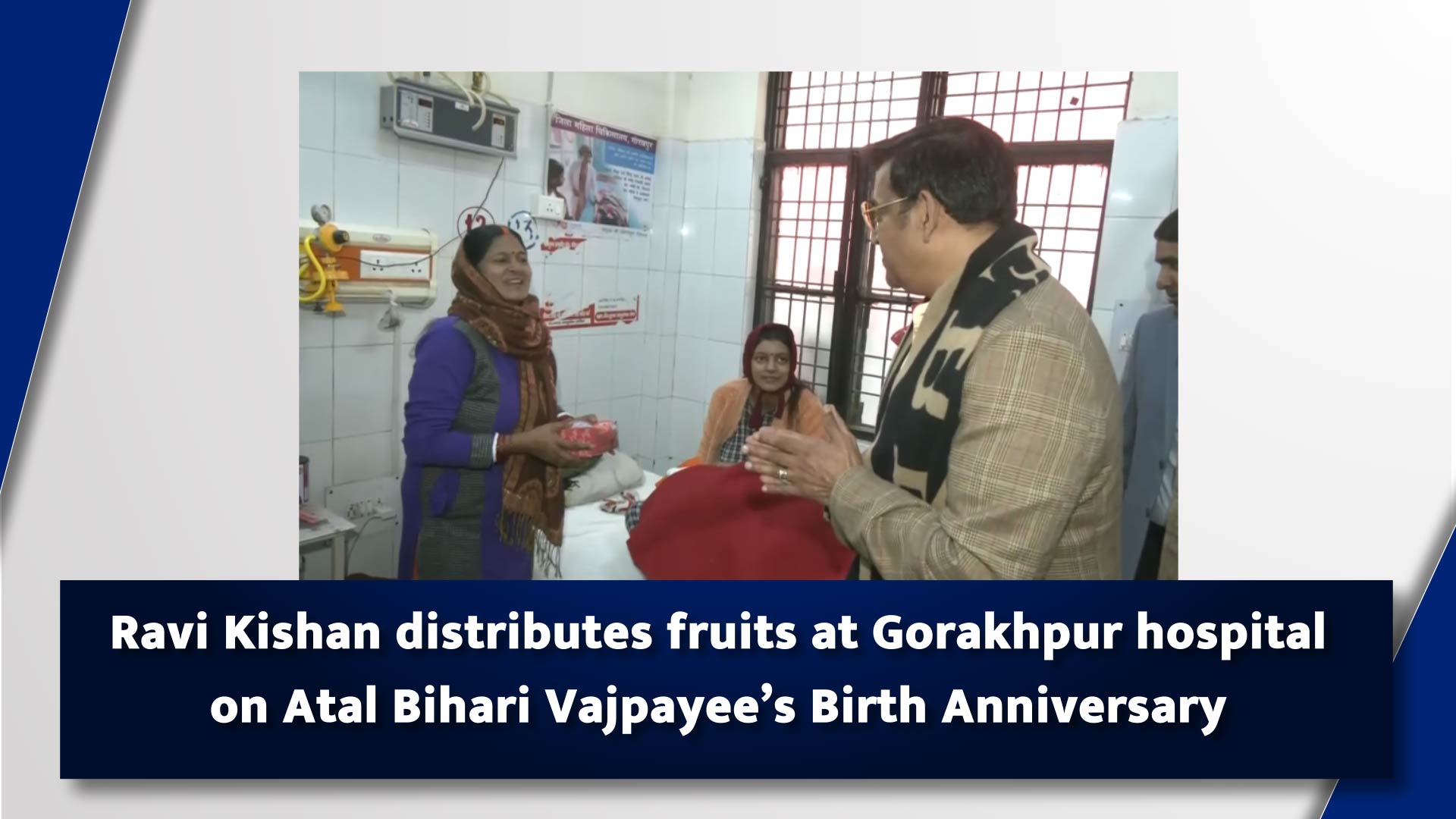


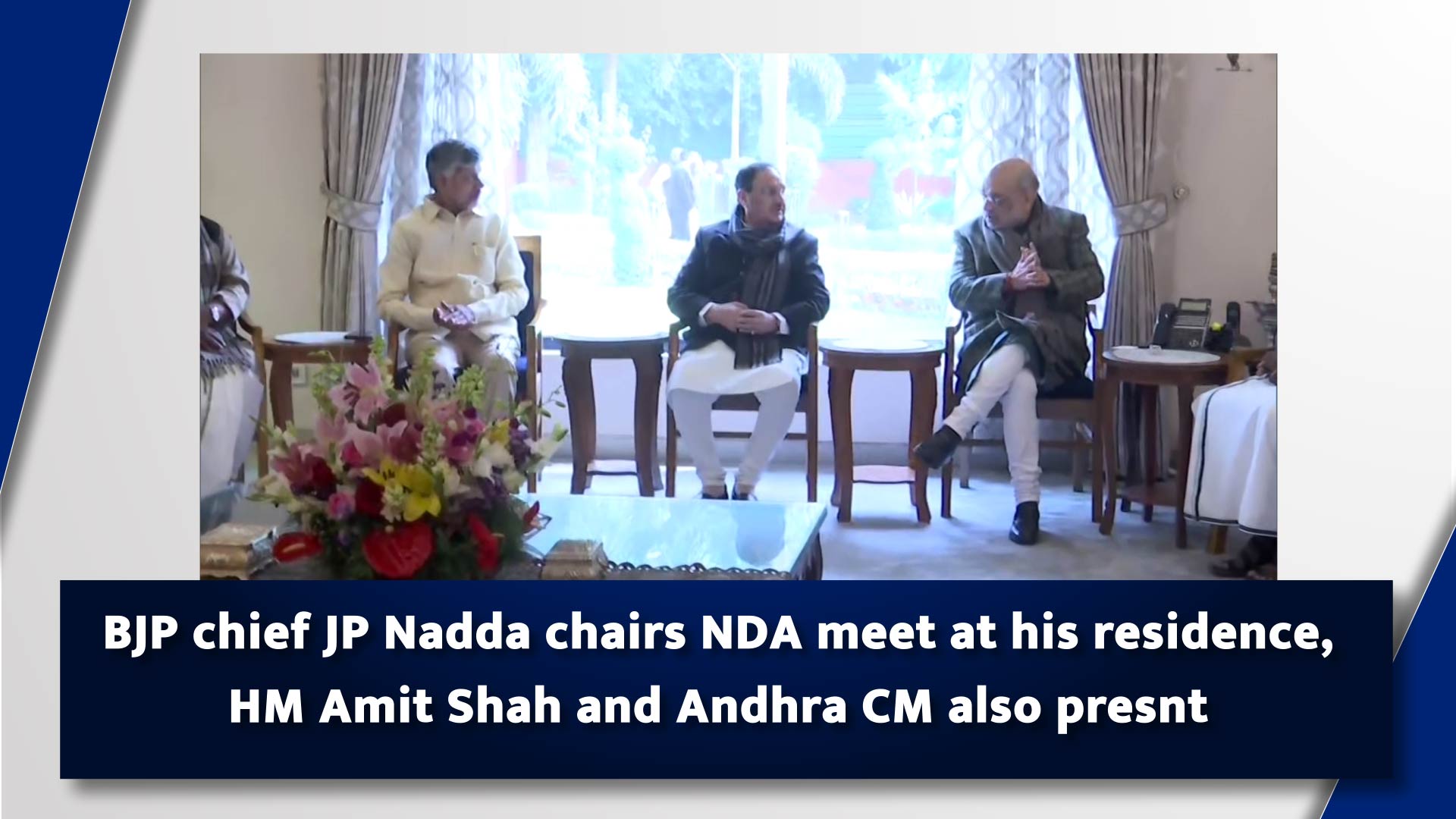
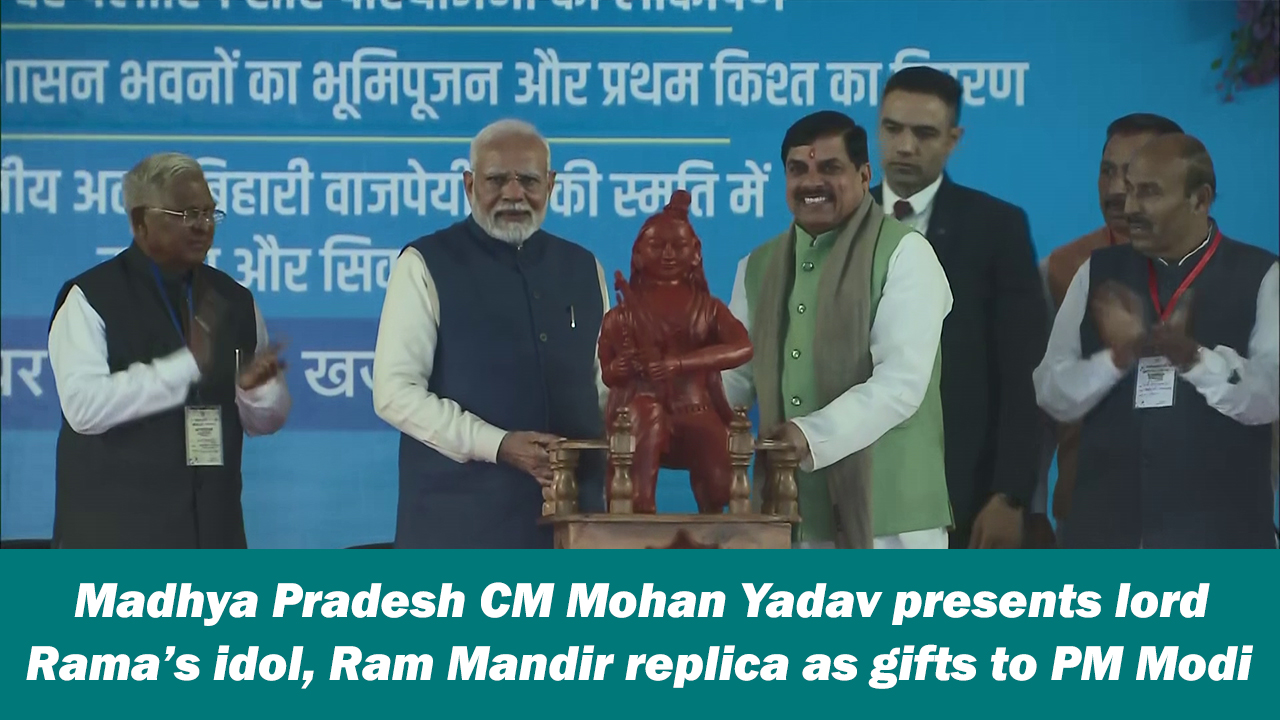

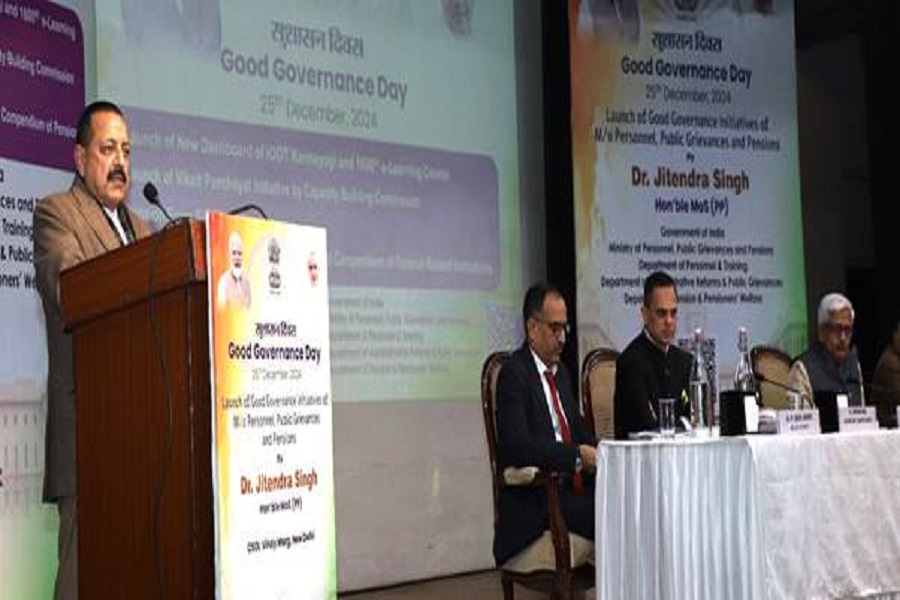





 320-x-100_uti_gold.jpg" alt="Advertisement">
320-x-100_uti_gold.jpg" alt="Advertisement">



